DF
Mexico: anger grows over Iguala massacre
Tens of thousands of people demonstrated in Mexico and internationally on Oct. 8 to protest the killing of six people and the wounding of at least 20 more the night of Sept. 26-27 by municipal police and people in civilian dress in the city of Iguala in the southwestern state of Guerrero. The demonstrators demanded the return of 43 students who have been missing since that night; all are from the militant Raúl Isidro Burgos Rural Teachers’ College in the town of Ayotzinapa. "They were taken alive, we want them back alive" and "We are all Ayotzinapa" were among the slogans protesters chanted in at least 25 Mexican states and 60 cities, including many in other countries, along with calls for the Guerrero state government and Mexico’s federal government to "go away.”
Mexico: mass graves may hold missing students
On Oct. 4 authorities in the southwestern state of Guerrero announced that they had found charred human remains in a group of mass graves in Iguala de La Independencia municipality, at Pueblo Viejo community in the countryside northwest of the city. Guerrero chief prosecutor Iñaky Blanco Cabrera would only say that there were human bones and that specialists would need to use DNA tests to identify the victims. State police agents at the site on Oct. 4 told reporters off the record that there could be anywhere from four to 19 bodies, but on Oct. 5 Blanco Cabrera said the total number was 28. It seemed likely that the remains were of teachers' college students missing since the night of Sept. 26-27, when Iguala police opened fire on three buses carrying students from the militant Raúl Isidro Burgos Rural Teachers' College, located in the town of Ayotzinapa. Originally 25 students were reported missing after the incident, but parents and student leaders later raised the number to 43.
Latin America: Gaza attack draws strong protests
An Israeli military offensive on the Palestinian territory of Gaza starting on July 8 has brought widespread condemnation from governments and activists in Latin America. The response to the current military action, which is codenamed "Operation Protective Edge," follows a pattern set during a similar December 2008-January 2009 Israeli offensive in Gaza, "Operation Cast Lead," when leftist groups and people of Arab descent mounted protests and leftist and center-left governments issued statements sharply criticizing the Israeli government.
Latin America: protests target Monsanto, Chevron
Latin American activists joined thousands of environmentalists and farmers around the world in an international protest May 24 against genetically modified (GM) crops and Monsanto, the Missouri-based multinational that dominates the transgenic seed industry. This was the third March Against Monsanto since May 25 last year, and organizers expected the day of action to include protests in some 351 cities in 52 countries.
Mexico: capital residents fight water project
Dozens of Mexican civilians and police were injured on May 21 in a violent confrontation over water resources in the centuries-old village of San Bartolo Ameyalco, now part of Alvaro Obregón delegación (borough) in the Federal District (DF, Mexico City). Over the past year a group of village residents has fought against a plan that the Alvaro Obregón government announced in April 2013 to run pipes off the natural spring now supplying water to San Bartolo Ameyalco. When workers arrived, with a police escort, in the morning of May 21 to lay down pipes for the project, residents armed with clubs, rocks and Molotov bombs attempted to block the construction. The protesters set up flaming barricades and detained at least two police agents, while the police arrested nine protesters, according to villagers. By the end of the day the village was without electricity and was surrounded by some 2,000 DF police agents, who ensured that the construction could proceed. About 50 police agents and 50 to 70 residents were reportedly injured.
Mexico: thousands protest 'Televisa law'
Thousands of protesters formed a human chain in Mexico City on April 26 in a demonstration against a telecommunications law proposed by President Enrique Peña Nieto and now under consideration in the Senate. The protesters included former Mexico City mayor Cuauhtémoc Cárdenas Solórzano (1997-2000), one of the founders of the center-left Party of the Democratic Revolution (PRD); youths from #YoSoy132 ("I'm number 132"), a student movement that formed in 2012 in opposition to the election campaign of then-candidate Peña Nieto, of the centrist Institutional Revolutionary Party (PRI); and some members of the center-right National Action Party (PAN). The organizers estimated participation at 7,000, while the Federal District (DF, Mexico City) police put the number at 3,000.
Mexico City barrio resists spread of car culture
On Christmas Day, some 500 riot police in Mexico's Federal District destroyed a protest encampment that had been maintained for months at San Pedro Márti barrio in Tlalpan delegation, on the southern outskirts of Mexico City. The camp, dubbed "Ixtliyolotl" for the indigenous place-name for the locale, was launched by supporters of the Movement of Neighborhods and Pueblos of the South, to oppose construction of a gas station along the highway linking Mexico City to Cuernavaca. Activists say the petrol station—being built by CorpoGas, which was spun off from state oil monopoly Pemex in 1982—has not received proper environmental review, and will accelerate the transformation of their neighborhod into a traffic-clogged commuter artery. Residents vow to continue the fight. (SeraPaz, Jan. 6; Desinformémonos, Jan. 5, translated by Angry White Kid; La Jornada, Dec. 25)
Mexico: protesters pledge to resist energy 'reform'
Some 40,000 teachers, union members and opposition activists took to Mexico City's streets Dec. 2 in a demonstration to mark the first anniversary of the inauguration of President Enrique Peña Nieto (PRI). The protesters joined a rally led by Peña Nieto's ex-challenger Andrés Manuel López Obrador, formerly of the left-opposition Party of the Democratic Revolution (PRD) and now heading a National Regneration Movement (Morena) to oppose the administration's economic policies. The teachers' union CNTE and electrical workers' SME were heavily represented as López Obrador led the march from the iconic Angel of Independence statue to the Zócalo, Mexico City's central plaza. A key issue at the rally was Peña Nieto's planned reform of the state oil monopoly Pemex, which protesters assailed as a privatization of the company. "We are here to avoid a big robbery," López Obrador told the crowd below a massive banner declaring "NO to the sale of Pemex!" Another banner addrressed to Peña Nieto read: "Sell your body. It's yours. The oil is mine."

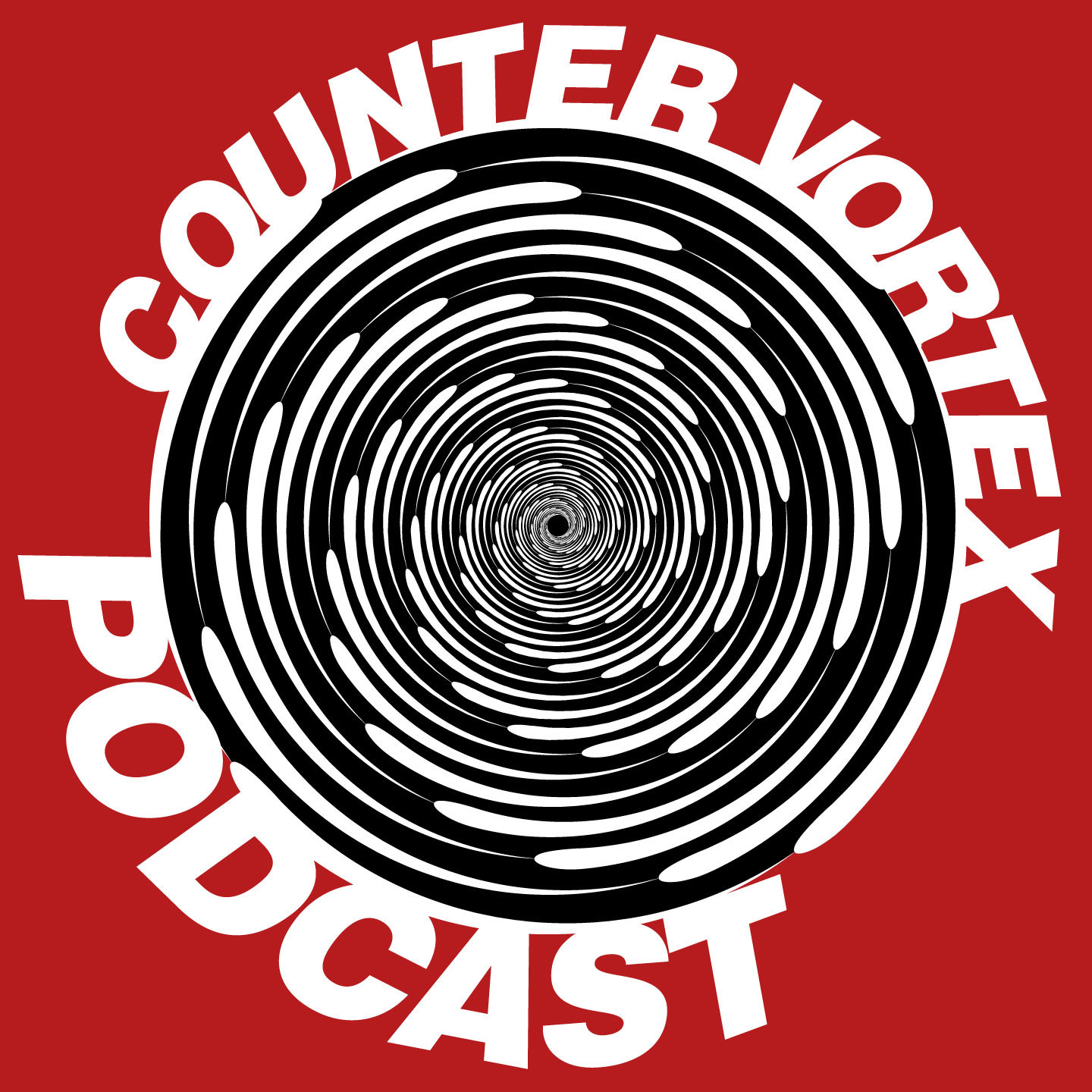




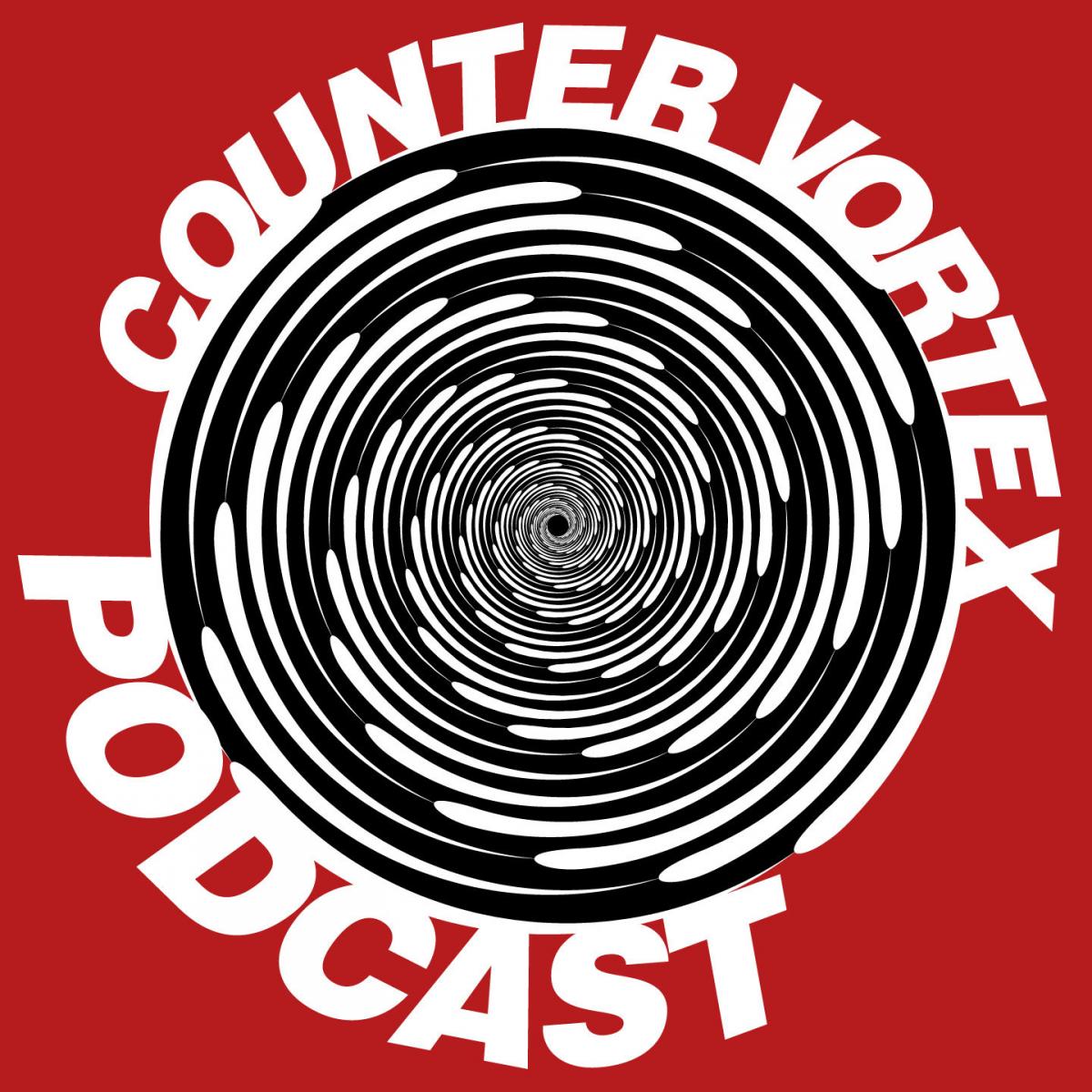




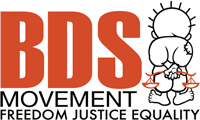
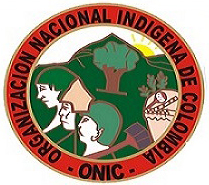
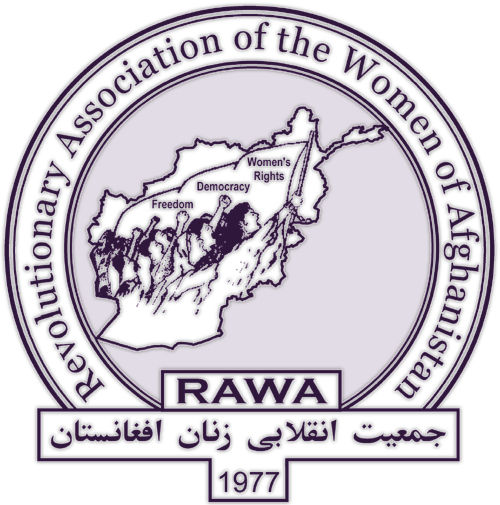

Recent Updates
6 hours 8 min ago
10 hours 57 min ago
1 day 2 hours ago
1 day 2 hours ago
1 day 9 hours ago
1 day 11 hours ago
2 days 3 hours ago
2 days 10 hours ago
4 days 4 hours ago
4 days 4 hours ago